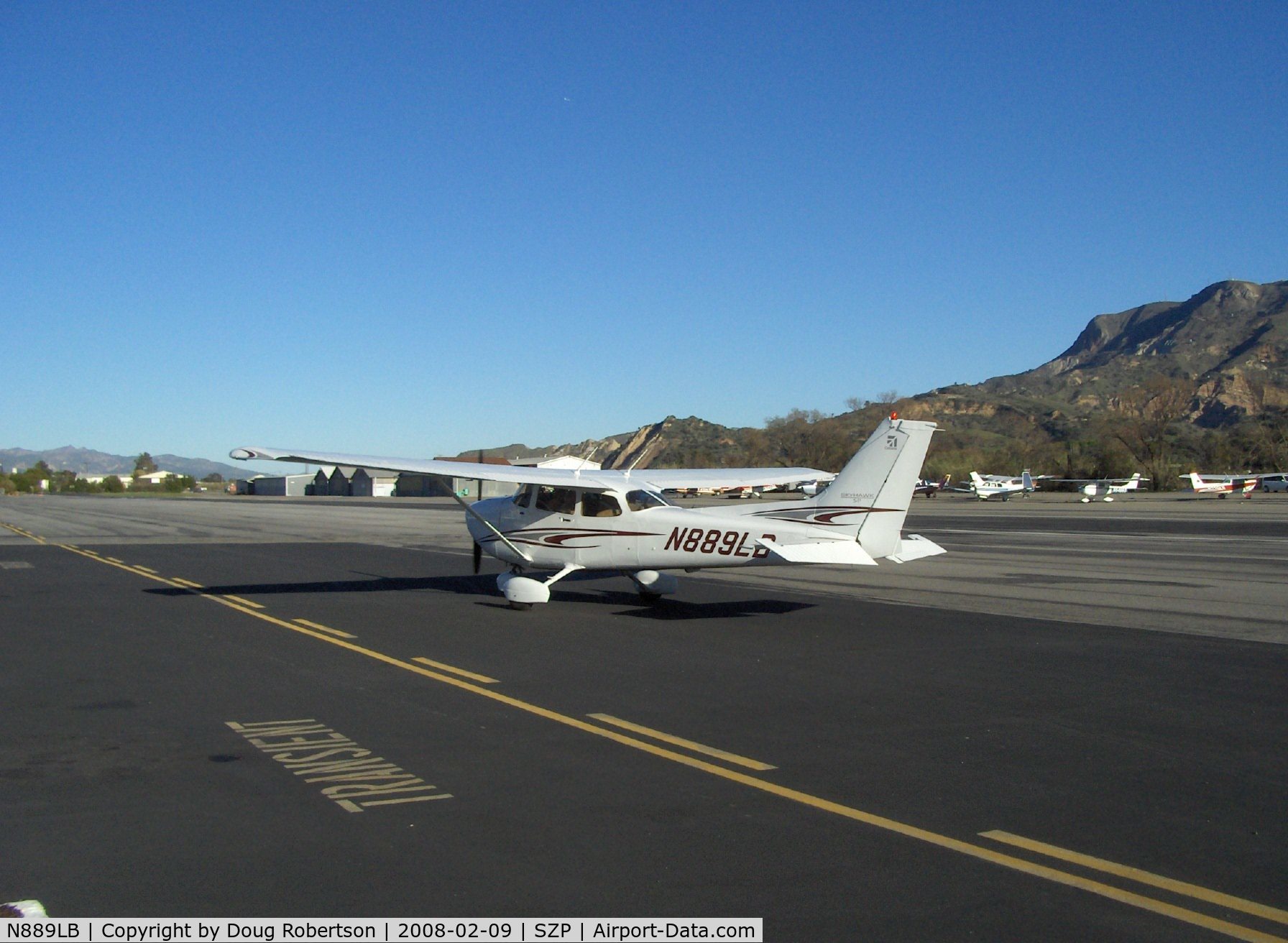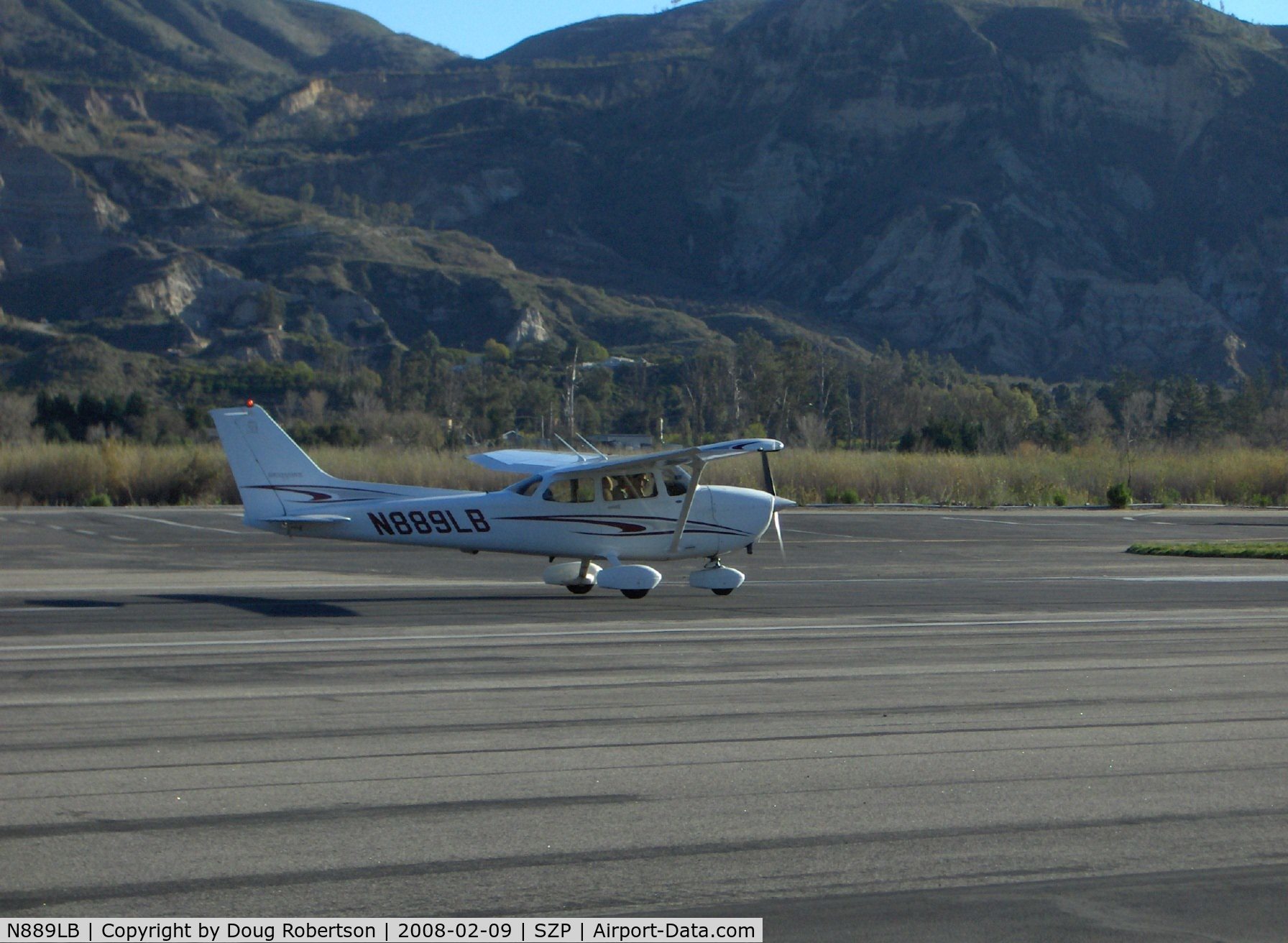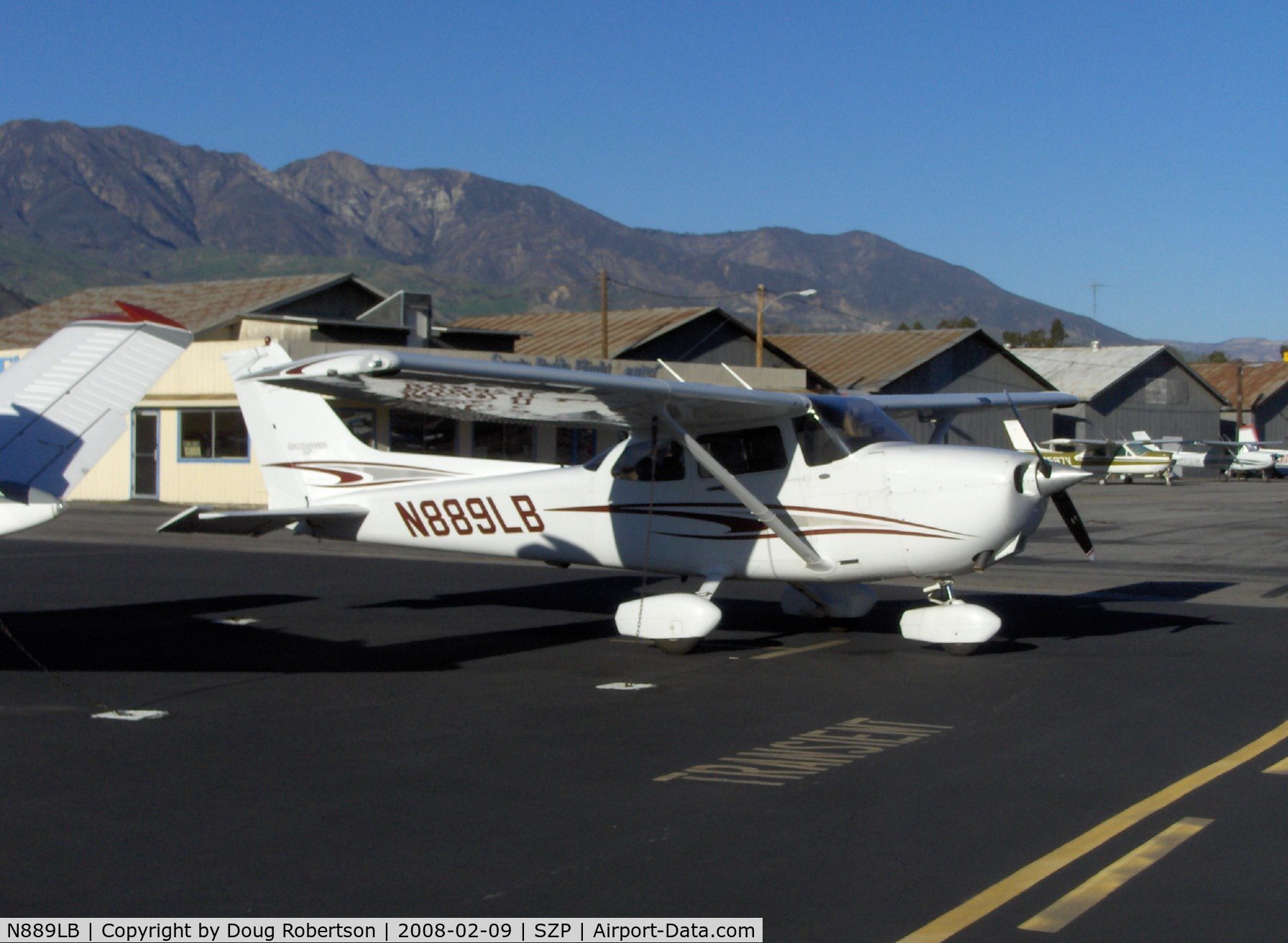NEW PILOT'S GUIDE TO ATC COMMUNICATION
By Robert I. Snow
There is an art to using the right words when you communicate with air traffic control (ATC). Effective aviation phraseology combines brevity with the transfer of complete and correct information.
Long, detailed transmissions ensure the controller receives the needed information, but these monologues also tie up the frequency. If the controller is working five other airplanes and needs to issue timely control instructions, he can't do it until you release the microphone button. This delay may affect the safety of the other airplanes. Transmissions that are too brief usually result in the controller asking you to provide more detail. When that happens, it defeats the point of being brief.
So how do you learn the right mix? The same way you learn other aviation skills—study and practice.
Taking AIM
The Aeronautical Information Manual (AIM) is the best reference for learning good ATC communication skills and phraseology. Because the FAA writes it, the AIM also is the most authoritative source for IFR procedures. Unlike the federal aviation regulations, the AIM is not legally binding, but it is the most current and detailed source of FAA-recommended procedures.
Learning the language

Your first and most important lesson as you learn to use the right words is do not be afraid of using the wrong words. Regardless of the form it takes, communication is the goal. As you learn aviation's language, your vocabulary and phraseology will improve, so relax and communicate.
Section 2 of AIM Chapter 4, "Radio Communications Phraseology and Techniques," gives you the basics for all aviation communications. This short section covers the essentials—radio technique, radio contact procedures, aircraft call signs, ground station call signs, and the International Civil Aviation Organization (ICAO) phonetic alphabet. Like almost every other section of the AIM, it gives examples of the right words and phraseology. For example, ATC understands that student pilots are learning and will gladly give them additional assistance and some TLC if students identify themselves. If you look in AIM Chapter 4-2-e, you find all you have to say is, "Dayton Tower, this is Fleetwing one two three four, student pilot."
You'll find similar explanations and communication examples for almost every conceivable situation throughout the AIM. Because you should have an idea of what you'll be doing during an upcoming lesson, review the appropriate section before takeoff. For example, you and your instructor are making your first flight to a tower-controlled airport in Class D airspace. The controller responds to your initial radio call with, "Trainer one two three four, standby." Because the controller used your airplane's call sign, you have established the required radio communication and you can enter the Class D airspace (and prudent pilots proceed cautiously).
Learning any new language is next to impossible if you try to memorize the dictionary. Although reading the AIM is important, you have to immerse yourself in real-world ATC communication.
If your airplane has an intercom, connecting a tape recorder to it is an easy way to take "notes" of ATC communications. It allows you to replay the transmissions you didn't get on the first pass, and it gives you a chance to review how well you used the right words during your flight. You can also listen to ATC communications at your leisure with a handheld transceiver or aviation band receiver.

Regardless of how you listen in, when you hear a new phrase on the frequency, make note of it and look it up when you get home. For example, you are getting VFR radar advisories (flight following) from ATC. You hear the controller tell another pilot, "Descend and maintain five thousand." This seems pretty clear to you. The controller has told a pilot on an IFR flight plan to descend to and maintain 5,000 feet. But later you hear a controller tell another pilot to "descend at pilot's discretion, maintain five thousand." By the transmission's context you know that "discretion" implies options, but what options?. The AIM's "Pilot/Controller Glossary" (P/CG) answers your questions. "The issuance of a pilot's discretion climb or descent means that ATC does not require that the pilot start his climb/descent when the clearance is issued. The pilot may choose to remain at the previously assigned altitude and use his judgment both in deciding when to leave that altitude, and at what rate to climb or descend."
Speaking of options, what about the first time the tower cleared you for the "option?" Your instructor should explain this before you solo. Mine didn't. I first heard this term on a solo flight, and not knowing exactly what the controller meant made me a little apprehensive. The controller knew his P/CG and told me, in so many words, that the "option is an approach resulting in either a touch-and-go, missed approach, low approach, stop and go, or full-stop landing." A good goal for anyone in flight training is to try to learn one new glossary item per day.
Using the language
Learning the right words for ATC communication is only half of your lesson. You also need to use them because it makes the words and phrases part of your aviation vocabulary. This is especially important if you plan to earn an instrument rating. Compared to your primary training, instrument training is much more intense. Anything you can learn before you start instrument instruction will make your education easier.
Training for your private pilot certificate gives you plenty of opportunities to work with ATC. Recreational pilots cannot fly in airspace requiring ATC communication, but it's a good idea to learn to use the right words. This knowledge can help them in an emergency, and it helps prepare a recreational pilot for a private pilot certificate, if he decides to continue his training.

During your training, you'll learn to work with tower and ground controllers. But how about flight following? Routinely requesting this ATC service during your cross-country flights affords you an added margin of safety. It also makes you more comfortable talking to ATC and gives you a ready source for hearing new aviation phrases.
If you work with approach controllers in or around Class B or C airspace, ask them to hand you off to Center instead of terminating their radar service. If approach can't hand you off to Center, ask for the Center frequency and make contact yourself. Simply call on the frequency you are given, state your call sign and position, and the words "request flight following."
If the Center controller can work you, he'll give you a transponder code and information on other radar-identified traffic around you. If he is too busy and refuses your flight following request, don't get mad. Controllers don't turn down flight following without good reason. They do it because they feel that the traffic level is reaching a point where additional workload from VFR aircraft may compromise the safety of the IFR traffic they are working.
If you don't request or can't get flight following, no law prohibits you from listening to the ATC frequency and the controller's conversations with other aircraft. Who knows? If it sounds as if the rush is over after 15 minutes, it might be worth calling again to see if the controller is now able to work you.
Most ATC communications you hear will be for IFR traffic. Much of the phraseology will be new and confusing at first. Like any new skill, it gets easier with time.
Listen to how pilots respond to ATC transmissions. Imitating others is often how we learn to use the phraseology correctly—and incorrectly. Looking up new words and phrases in the AIM makes understanding what you hear easier, and it tells you what communications are "correct" and "incorrect."
As you listen to an ATC frequency, don't worry if you can't hear as fast as the controller talks. If the controller talks to you, and talks faster than you can hear, the P/CG has a simple remedy—tell the controller to "speak slower."
Expecting the words

You can increase how fast you hear, and improve what you understand, if you know what to expect during a transmission. ATC instructions mostly consist of numbers preceded by key words that tell you what the numbers mean. For example, "climb and maintain...." is always followed by an altitude assignment. Controllers frequently combine the three words into one—"climbandmaintain" but they're more deliberate with the altitude assignment, such as "one-two-thousand." An experienced pilot recognizes the word group and knows that an altitude follows.
Every ATC instruction has its key words and formats. For example, an ATC facility name and frequency always follow "Contact"—"Contact Hometown Tower on one-two-three-point-four." And "Fly Heading" is usually followed by a three-digit compass heading—"Fly heading zero-niner-zero." Takeoff instructions are one exception. The tower controller may tell you to "Maintain [or Fly] runway heading." In this case, you already know the heading to fly.
Regardless of the information transmitted, there should never be a question in a pilot's or controller's mind that both are talking about the same thing. If you have a question, "verify" is the word you use to ensure you have the right information. For example, you say, "Verify Hometown Tower on one-two-three-point-four," if you think you mishear the tower frequency.

You should learn to use the right words for many reasons, and safety is at the top of the list. Another is the fact that "talking the talk" means you'll spend less time conversing with ATC and more time enjoying your flight.
The "Pilot/Controller Glossary" is the United State's official source for the "right words." Pilots find it in the Aeronautical Information Manual and controllers find the same glossary in their ATC handbook. Here are some selections from the P/CG that might make your next conversation with ATC more concise and your flight a bit safer.
ABEAM—An aircraft is "abeam" a fix, point, or object when that fix, point, or object is approximately 90 degrees to the right or left of the aircraft track. Abeam indicates a general position rather than a precise point.
ACKNOWLEDGE—Let me know that you have received my message.
AFFIRMATIVE—Yes.
BLOCKED—Phraseology used to indicate that a radio transmission has been distorted or interrupted due to multiple simultaneous radio transmissions.
CLEARED FOR TAKEOFF—ATC authorization for an aircraft to depart.
CLEARED FOR THE OPTION—ATC authorization for an aircraft to make a touch and go, low approach, missed approach, stop and go, or full-stop landing at the discretion of the pilot. It is normally used in training so that an instructor can evaluate a student's performance under changing situations.
CLEARED TO LAND—ATC authorization for an aircraft to land. It is predicated on known traffic and known physical airport conditions.
CLOSED TRAFFIC—Successive operations involving takeoffs and landings [touch-and-goes] or low approaches where the aircraft does not exit the traffic pattern.
EXPEDITE—Used by ATC when prompt compliance is required to avoid the development of an imminent situation.
FLY HEADING (Degrees)—Informs the pilot of the heading he should fly. The pilot may have to turn to, or continue on, a specific compass direction in order to comply with the instructions. The pilot is expected to turn in the shorter direction to the heading unless otherwise instructed by ATC.
FUEL REMAINING—A phrase used by either pilots or controllers when relating to the fuel remaining on board until actual fuel exhaustion. When transmitting such information in response to either a controller question or pilot initiated cautionary advisory to air traffic control, pilots will state the APPROXIMATE NUMBER OF MINUTES the flight can continue with the fuel remaining. All reserve fuel SHOULD BE INCLUDED in the time stated, as should an allowance for established fuel gauge system error.
GO AROUND—Instructions for a pilot to abandon his approach to landing. Additional instructions may follow. Unless otherwise advised by ATC, a VFR aircraft or an aircraft conducting visual approach should overfly the runway while climbing to traffic pattern altitude and enter the traffic pattern via the crosswind leg. A pilot on an IFR flight plan making an instrument approach should execute the published missed approach procedure or proceed as instructed by ATC; e.g., "Go around" (additional instructions if required).
HAVE NUMBERS—Used by pilots to inform ATC that they have received runway, wind, and altimeter information only.
HOW DO YOU HEAR ME?—A question relating to the quality of the transmission or to determine how well the transmission is being received.
IDENT—A request for a pilot to activate the aircraft transponder identification feature. This will help the controller to confirm an aircraft identity or to identify an aircraft. Do not confuse this with squawk, which means to tune the transponder code or transponder operating mode, such as Mode C, altitude reporting, a controller gives you.
IMMEDIATELY—Used by ATC when such action compliance is required to avoid an imminent situation.
MAINTAIN—Concerning altitude/flight level, the term means to remain at the altitude/flight level specified. The phrase "climb and" or "descend and" normally precedes "maintain" and the altitude assignment; e.g., "descend and maintain 5,000." Concerning other ATC instructions, the term is used in its literal sense; e.g., maintain VFR.
MAKE SHORT APPROACH—Used by ATC to inform a pilot to alter his traffic pattern so as to make a short final approach.
MAYDAY—The international radio telephony distress signal. When repeated three times, it indicates imminent and grave danger and that immediate assistance is requested.
MINIMUM FUEL—Indicates that an aircraft's fuel supply has reached a state where, upon reaching the destination, it can accept little or no delay. This is not an emergency situation but merely indicates an emergency situation is possible should any undue delay occur.
NEGATIVE—"No," or "permission not granted," or "that is not correct."
NEGATIVE CONTACT—Used by pilots to inform ATC that the previously issued traffic is not in sight. It may be followed by the pilot's request for the controller to provide assistance in avoiding the traffic. Used by pilots to inform ATC they were unable to contact ATC on a particular frequency.
RADAR CONTACT—Used by ATC to inform an aircraft that it is identified on the radar display and radar flight following will be provided until radar identification is terminated.
RADAR SERVICE TERMINATED—Used by ATC to inform a pilot that he will no longer be provided any of the services that could be received while in radar contact. Radar service is automatically terminated, and the pilot is not advised in the following cases: 1. An aircraft cancels its IFR flight plan, except within Class B airspace, Class C airspace, a TRSA, or where Basic Radar service is provided. 2. An aircraft conducting an instrument, visual, or contact approach has landed or has been instructed to change to advisory frequency. 3. An arriving VFR aircraft, receiving radar service to a tower controlled airport within Class B airspace, Class C airspace, a TRSA, or where sequencing service is provided, has landed; or to all other airports, is instructed to change to tower or advisory frequency. 4. An aircraft completes a radar approach.
READ BACK—Repeat my message back to me.
REPORT—Used to instruct pilots to advise ATC of specified information; e.g., "Report passing Hamilton VOR."
SAY AGAIN—Used to request a repeat of the last transmission. Usually specifies transmission or portion thereof not understood or received; e.g., "Say again all after ABRAM VOR."
SAY ALTITUDE—Used by ATC to ascertain an aircraft's specific altitude/flight level. When the aircraft is climbing or descending, the pilot should state the indicated altitude rounded to the nearest 100 feet.
SAY HEADING—Used by ATC to request an aircraft heading. The pilot should state the actual heading of the aircraft.
SPEAK SLOWER—Used in verbal communications as a request to reduce speech rate.
SQUAWK (Mode, Code, Function)—Activate specific modes/ codes/functions on the aircraft transponder, e.g., "Squawk two—one-zero-five." Squawk does not mean pilot should press the transponder's IDENT button.
STAND BY—Means the controller or pilot must pause for a few seconds, usually to attend to other duties of a higher priority. Also means to wait as in "stand by for clearance." The caller should reestablish contact if a delay is lengthy. "Stand by" is not an approval or denial.
TAXI INTO POSITION AND HOLD—Used by ATC to inform a pilot to taxi onto the departure runway in takeoff position and hold. It is not authorization for takeoff. It is used when takeoff clearance cannot immediately be issued because of traffic or other reasons.
THAT IS CORRECT—The understanding you have is right.
TRAFFIC—A term used by ATC to refer to one or more aircraft.
TRAFFIC IN SIGHT—Used by pilots to inform a controller that previously issued traffic is in sight.
UNABLE—Indicates inability to comply with a specific instruction, request, or clearance.
VERIFY—Request confirmation of information; e.g., "verify assigned altitude."
































